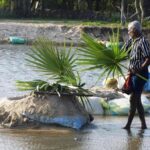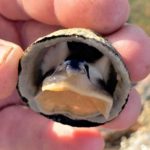Mangrove oysters (Isognomon ephippium) are the species most commonly found growing on mangrove trees in Northern Australia. Its other common English name is ‘Saddle tree oyster.’ These oysters are one species eagerly collected and eaten by Bardi people at the northern tip of Dampier Peninsular, north of Broome in Western Australia. A member of the Bardi tribe showed us how to find and collect these bivalve mollusks.
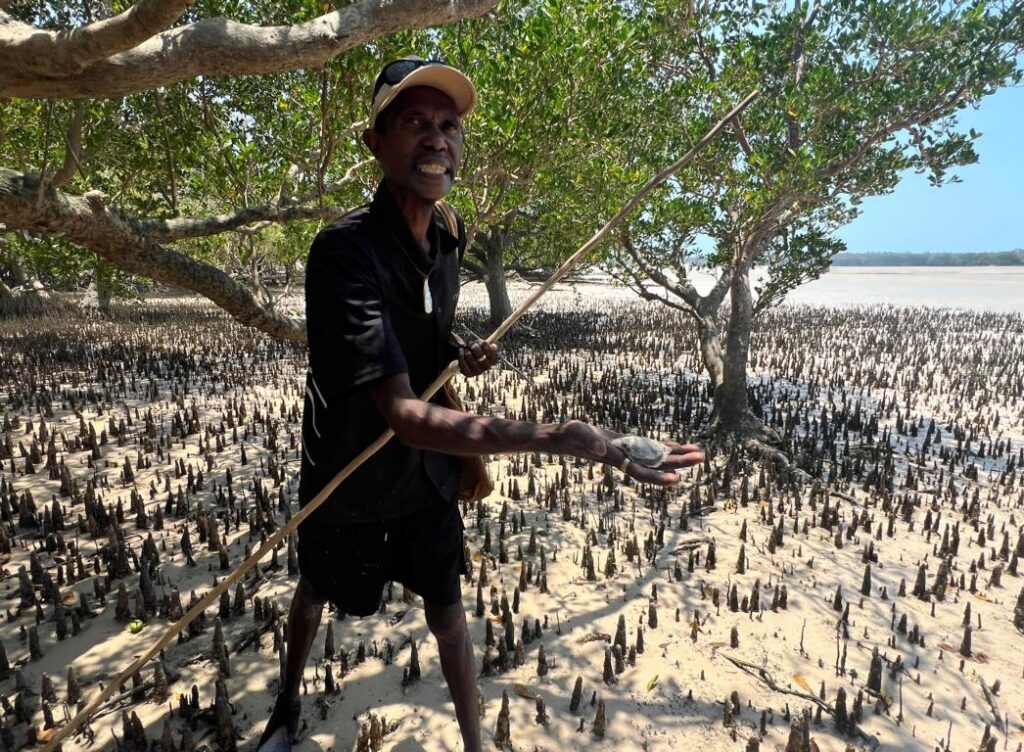
Description and behavior
The shape of Mangrove oysters is nearly circular, and its valves are flattened. The dorsal margin is slightly convex, bulging slightly outwards. Its anterior margin (valve on the right side) with the byssal notch is straight. There is a short and straight hinge line. The exterior is covered with irregular concentric lamellae, which are usually eroded. Shell color is brown to purple, and its size is up to 13cm / 5’’ in height. The local sub-species of Mangrove oysters at Cygnet Bay display broad but delicate greyish-brown lobe-like lamellae on the bottom (left) valve. Similar large lamellae can be found in Saccostrea oysters in Queensland, North-Eastern Australia, as described in this article. Also, this species grows on Mangrove trees.
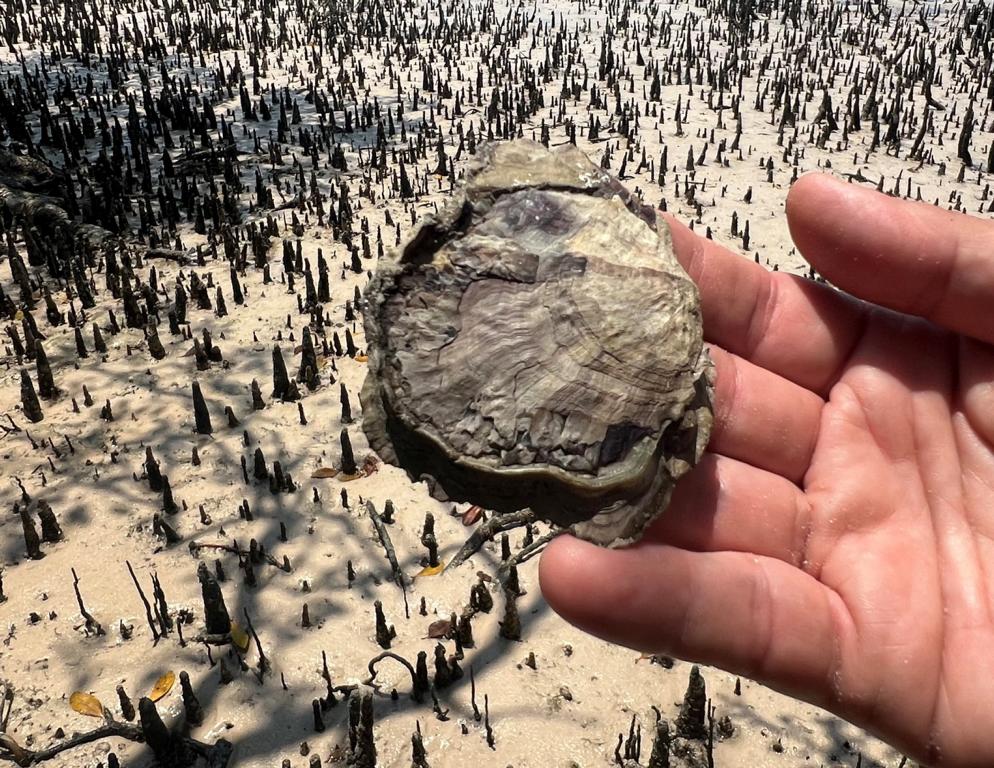
There is a massive difference between low and high tide in the Cygnet Bay area of the Dampier Peninsular, which measured 8.7 m on the day we collected these bivalves.
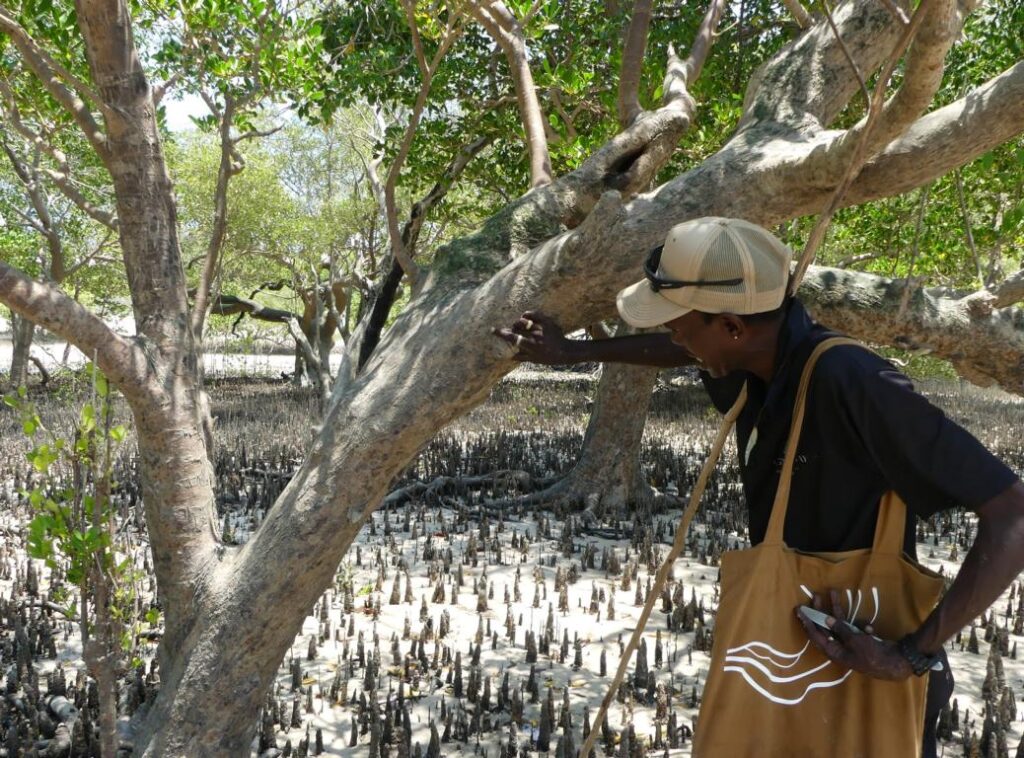
According to Terry, our guide, local Mangrove oysters can stay out of the water for up to seven hours. This is the most any mollusk species can do in this area. Tides are changing twice a day. That means this oyster has to be underwater for at least 5 hours at each tidal cycle.
Distribution
Mangrove oysters are widely distributed on the Asia-Pacific and Eastern African coasts. However, this wide distribution range is a bit misleading, as these mollusks attach themselves not only to Mangrove tree trunks and roots but also to other solid substrates, like rocks. On rocks, they form so-called leaf-oyster beds.
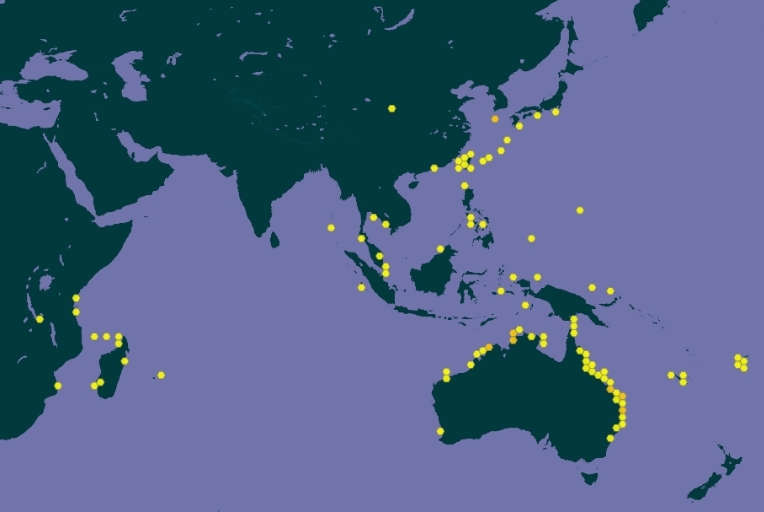
How do we find and harvest them?
Mangrove oysters are very well camouflaged on the trunks of Mangrove trees in intertidal zones of estuarine environments. When casually walking by, they are hard to spot. But if somebody seeks them out specifically, one of them will be seen. And if one is spotted, the next one will be close by.
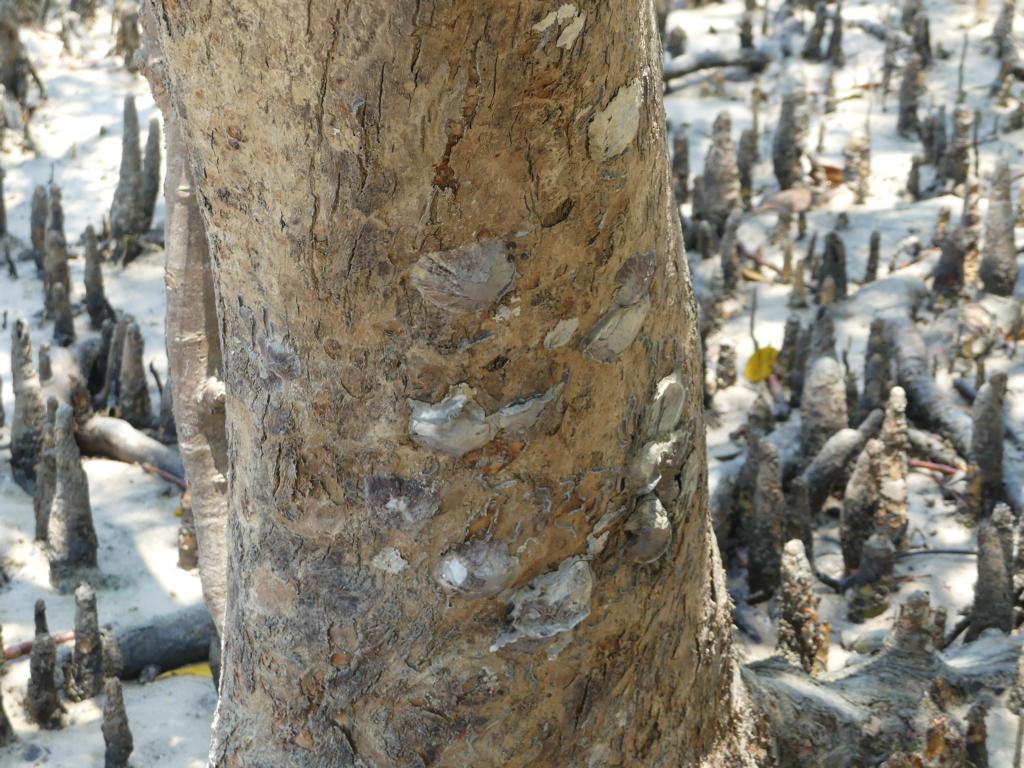
The byssal threads lock the oysters tightly to the tree trunks. The mollusk can be removed by a stout piece of wood with a lateral blow or pried off with a tool to force it from the base. Terry’s favorite tool was a butterknife for prying off the mollusk from the bark. The following video shows how he did it.
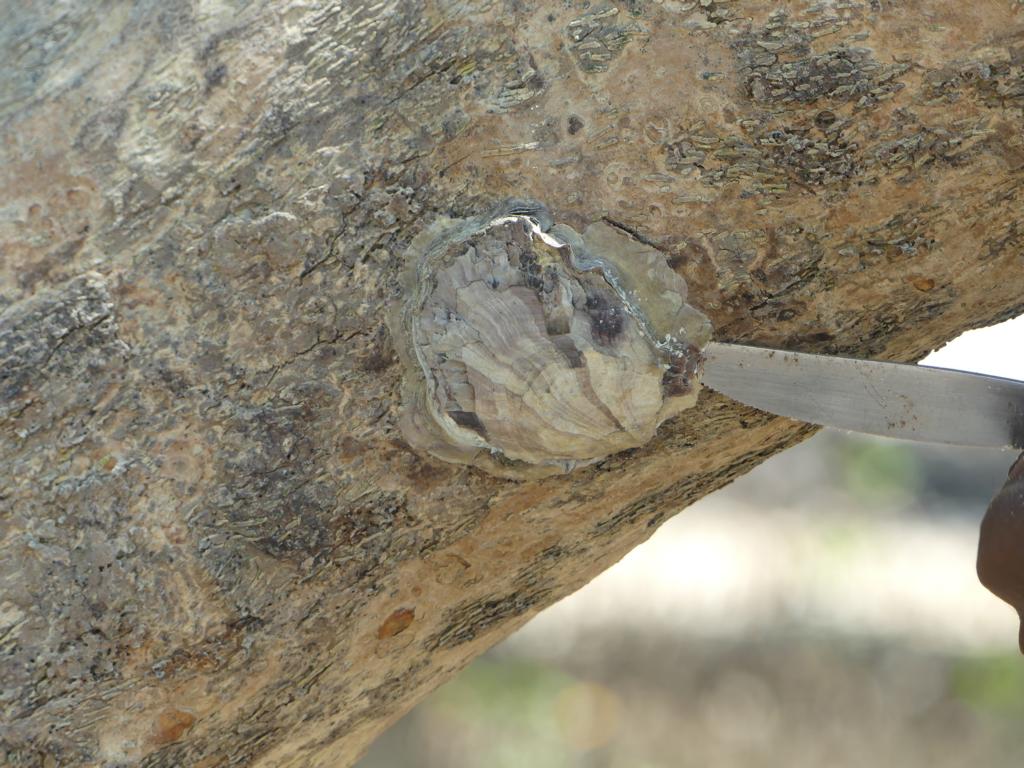
Mangrove oyster on a White mangrove tree, about 1.6 meters above the mud surface. The oyster is harvested with the help of a butter knife.
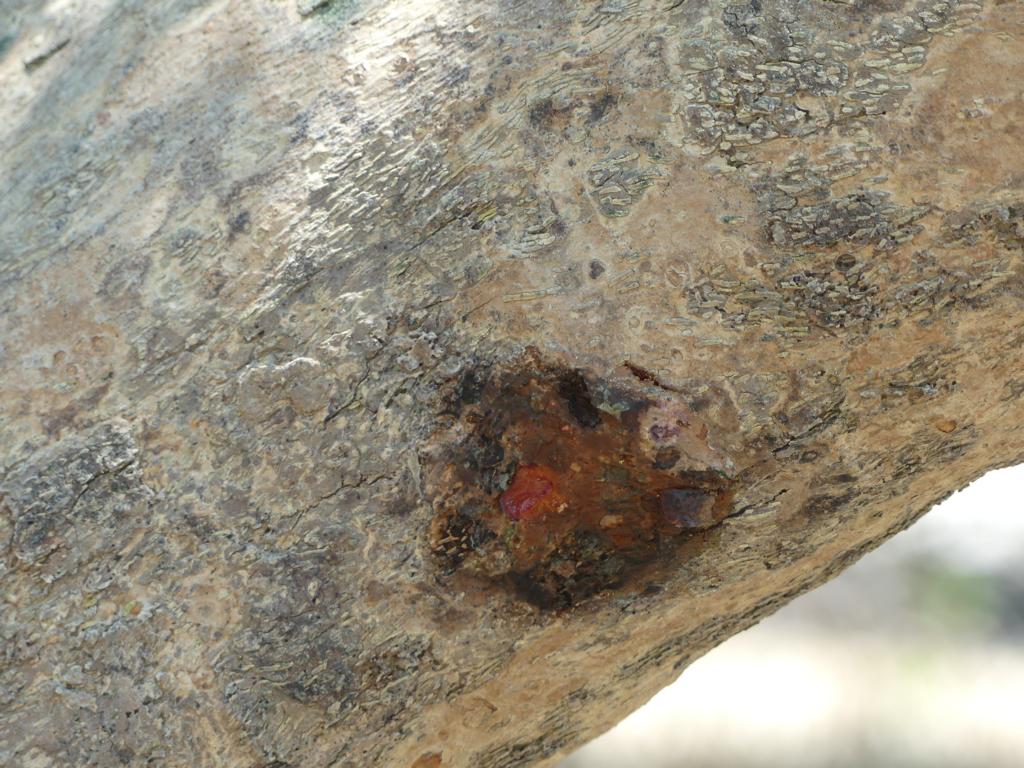
The former location of the oysters, where the attachment of the byssal threats can be seen as a red scar in the middle.
Nutritional value
There is no specific study about the nutritional value of Mangrove oysters, Isognomon ephippium, as they are not yet farmed. Their only perceived economic value is that the leaf-oyster variety could be used for reef-building on specific sites.
The closest information on their nutritional values is the Nutrition Information of ‘Farmed Native Oysters,’ published by the Oysters Australia association.
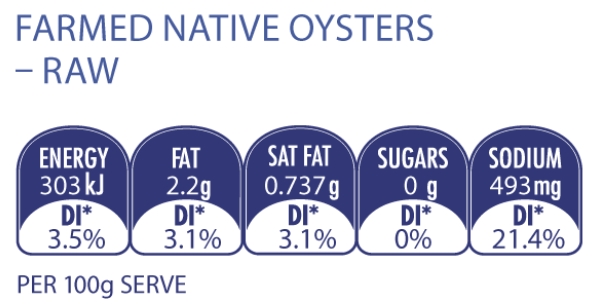
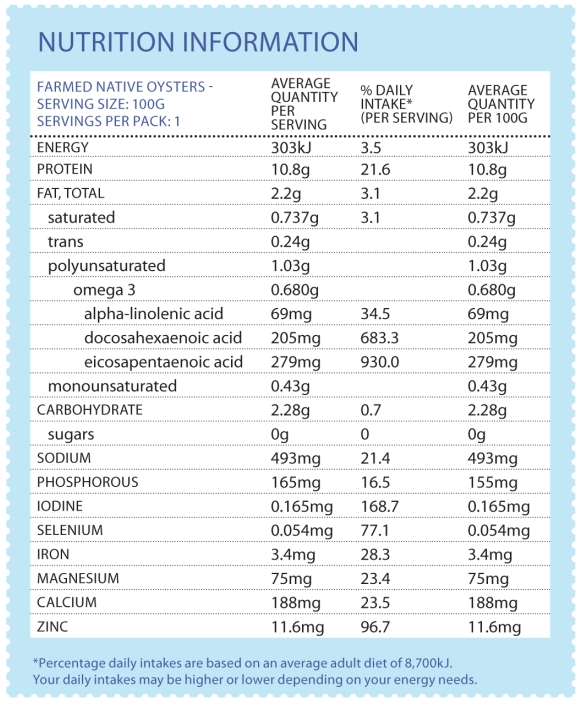
Farmed native oysters have nutritional values that lay in between farmed Sydney rock and Pacific oysters. These figures, however, are just an indication, as it is unknown which species exactly ‘Native oysters’ are. It, nevertheless, shows the importance of oysters as Omega-3, selenium, iron, magnesium, and iodine suppliers.
Lessons learned about Mangrove oysters:
- Mangrove oysters can be found on Mangrove tree trunks in the intertidal zones up to a level where high tides flood the area for at least 5 hours.
- They can stay exposed to air for a maximum of 7 hours.
- These oysters are well hidden and hard to spot on the trunks.
- If found, they can be easily pried off from its base.
- Mangrove oysters are a valuable addition to the Bardi Aboriginals’ diet.
Further readings about Bivalves on this website:
White mussels at the Namibian coastline
Black mussels at the Namibian coastline
Beachcombing for Vongole clams in Northern Italy
Collecting Pipi clams at Rawai Beach
.



